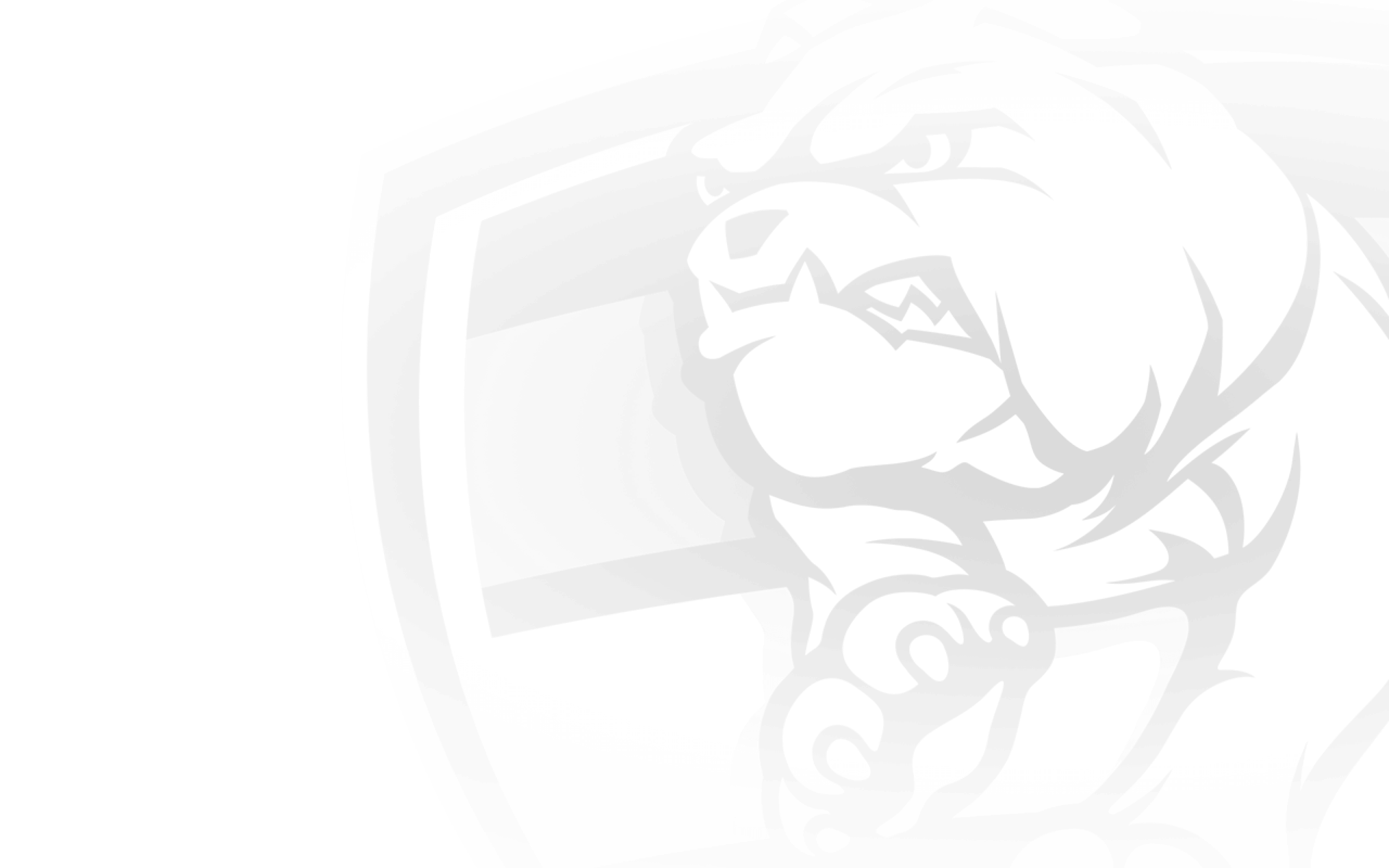The Western Bulldogs’ first ever AFLW Indigenous guernsey, designed by 18-year-old Aboriginal artist Ky-ya Nicholson-Ward, celebrates ‘coming together as one’.
The impressively-designed guernsey will be worn by the Bulldogs players in the inaugural AFL women’s Indigenous Round this weekend.
Nicholson-Ward, a Wurundjeri and Dja Dja Wurrung woman who has created Indigenous artwork for many sporting clubs over the last few years, focussed her design on female empowerment, and the importance of reaching a goal and moving forward in life.
“It’ll be such an honour to see the girls run out in my jersey,” she said.
“It’s such a huge change and positive movement in the AFLW. It’s a platform for Indigenous players, and players of every background, to feel proud of where they play and the culture that surrounds where they play.
“It’s really important to have Indigenous art in the mainstream…the stories and the connection of this country can continue to be heard into the future generations.”
The match-worn Bulldogs’ AFLW Indigenous guernseys from this Saturday’s game against GWS will be auctioned off after the match.
Visit the Western Bulldogs AFLW match-day hub to stay up-to-date with ticketing and other key information regarding this Saturday’s match.
THE STORY BEHIND THE GUERNSEY
The white centre circle represents a goal in one’s life. The red outlined section flowing into the circle represents everyone’s unique journeys and struggles in life, focusing on the obstacles we have all had to face in 2020, but remaining strong mentally and physically to reach an aim.
The black circles represent knowledge and water, which symbolise new beginnings, fresh starts and over all life and health. Circles are a very significant art design in my culture as there is no beginning and no end, which is just like Aboriginal people and Aboriginal culture. It also represents the Maribyrnong river, which in my language means ‘place of many possums’.
The red stripe section includes emu footprints, as they represent no going back and only moving forward, as emus do not step back.
The white stripe section includes people’s footprints, which represents the players’ journeys into success and moving forward.
The white banners at the bottom represent strength and power, highlighting the success of the girls winning a grand final in 2018. The designs are used a lot in my ancestors’ shields and weapons and are used to show power. This relates to the strength of the players and women in general.
On the back there is a possum, which links to the Maribyrnong river and my people’s stories and culture. It is significant, as the possum is my totem. Along the back are also possum footprints - there are big ones to represent mothers, and little ones to represent babies and children, and how beautiful that connection is.


